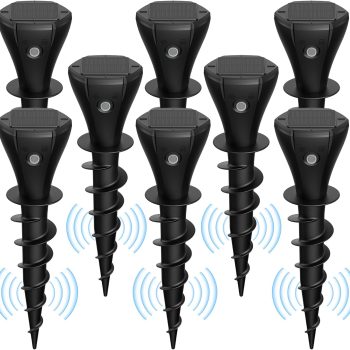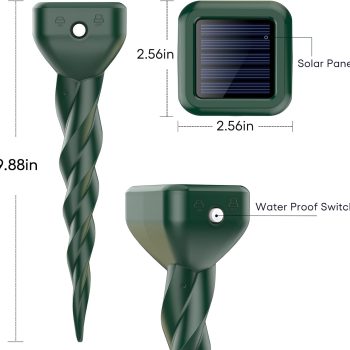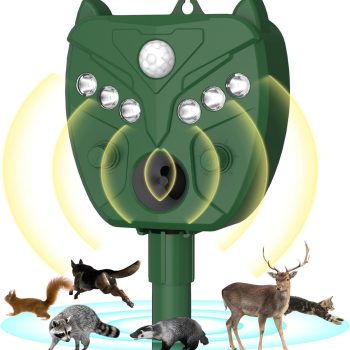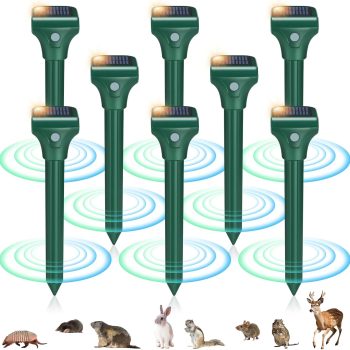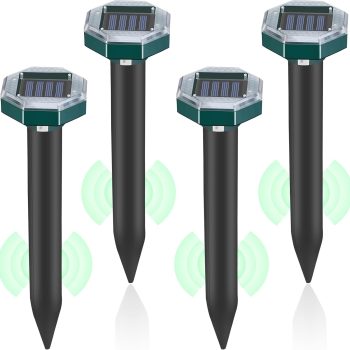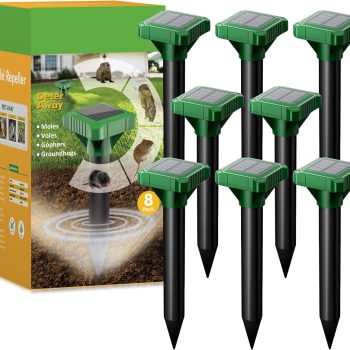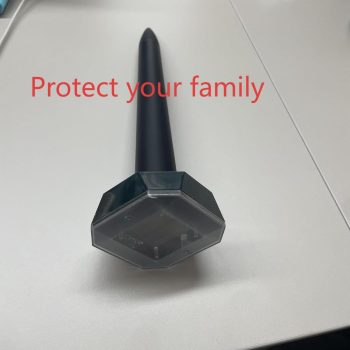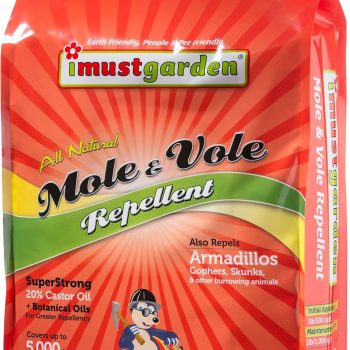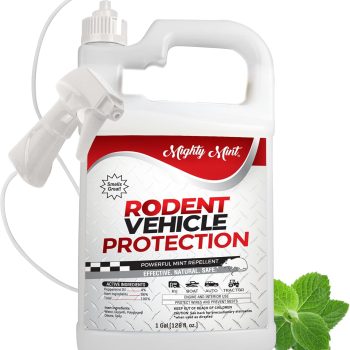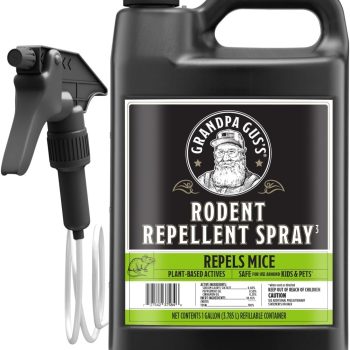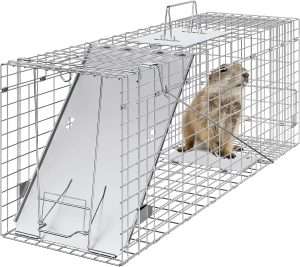Best Way To Trap A Groundhog
Solar Groundhog Repellent
Mole Repellent Solar Powered 8 Pack, Ultrasonic Gopher Repeller IP65 Waterproof, Repels Moles
Best Way to Trap a Groundhog
Groundhogs, also known as woodchucks, can be charming but problematic creatures when they decide to invade gardens and yards. Their burrowing habits and penchant for munching vegetables and flowers can wreak havoc on your landscaping efforts. Trayou’reis often the most humane and practical solution for dealing with an unwelcome groundhog. Here’s a comprehensive guide on the best ways to trap a groundhog.
Understanding Groundhog Behavior
Before setting traps, it’s essential to understand groundhog behavior and habits. These animals are primarily active during the day, especially in the early morning and late afternoon. They prefer burrowing in areas with plenty of vegetation and cover, usually near food sources like gardens or crops. Groundhogs are social creatures that may inhabit multiple burrows within their territory, complicating trapping efforts.
Observe the activity patterns for a few days to increase your chances of success. Look for signs such as fresh burrow openings, droppings, and chewed plants. Identifying a primary feeding area will help ensure your trap placement is strategic and practical.
Choosing the Right Trap
When trapping groundhogs, choosing the right type of trap is crucial. Live traps are recommended for their humane approach as they allow for relocation without harming the animal. A sturdy trap measuring at least 32 inches long is ideal for groundhogs, as these critters can weigh up to 14 pounds and escape from smaller traps.
There are several options available in stores or online:
1. Wire Mesh Traps: These are commonly used and balance visibility and security well. Ensure the trap has a spring-loaded door that closes quickly once the animal enters.
2. Havahart Traps: These popular live traps are specifically designed for wildlife, including groundhogs. They come in different sizes, so choose one that fits groundhog dimensions.
3. DIY Traps: Building a live trap from wood or metal mesh can be rewarding for those who enjoy crafting. Ensure it has a secure door mechanism and proper size dimensions.
No matter what type of trap you choose, you must check local regulations regarding handling and relocating trapped wildlife. Some areas require permits or prohibit certain practices altogether.
Tips for Successful Groundhog Trapping
Once you have your trap, it is time to maximize your chances of catching a groundhog:
1. Proper Placement: Set your trap near active burrows or feeding areas where you’ve seen groundhog activity. Position it parallel to their entrance paths for a better chance of catching them.
2. Bait Selection: Groundhogs are herbivores particularly attracted to fresh fruits and vegetables. Consider using sweet bait like apples, carrots, or lettuce. Placing the bait at the back of the trap encourages the animal to enter fully, triggering the door.
3. Camouflage: Cover the trap with leaves or grass to make it less conspicuous. Groundhogs can be skittish about unfamiliar objects, so blending in with the surroundings can encourage them to approach.
4. Check Regularly: Monitor your traps at least twice a day to ensure any captured groundhogs do not experience undue stress.
5. Humane Release: Upon catching a groundhog, transport it to a suitable location far from your home. Be aware of local wildlife laws regarding relocation distances to ensure compliance.
Understanding groundhog behavior, selecting the right trap, and employing practical strategies can help you manage groundhog populations effectively and humanely. These steps will help protect your garden while ensuring respect for the local ecosystem.

